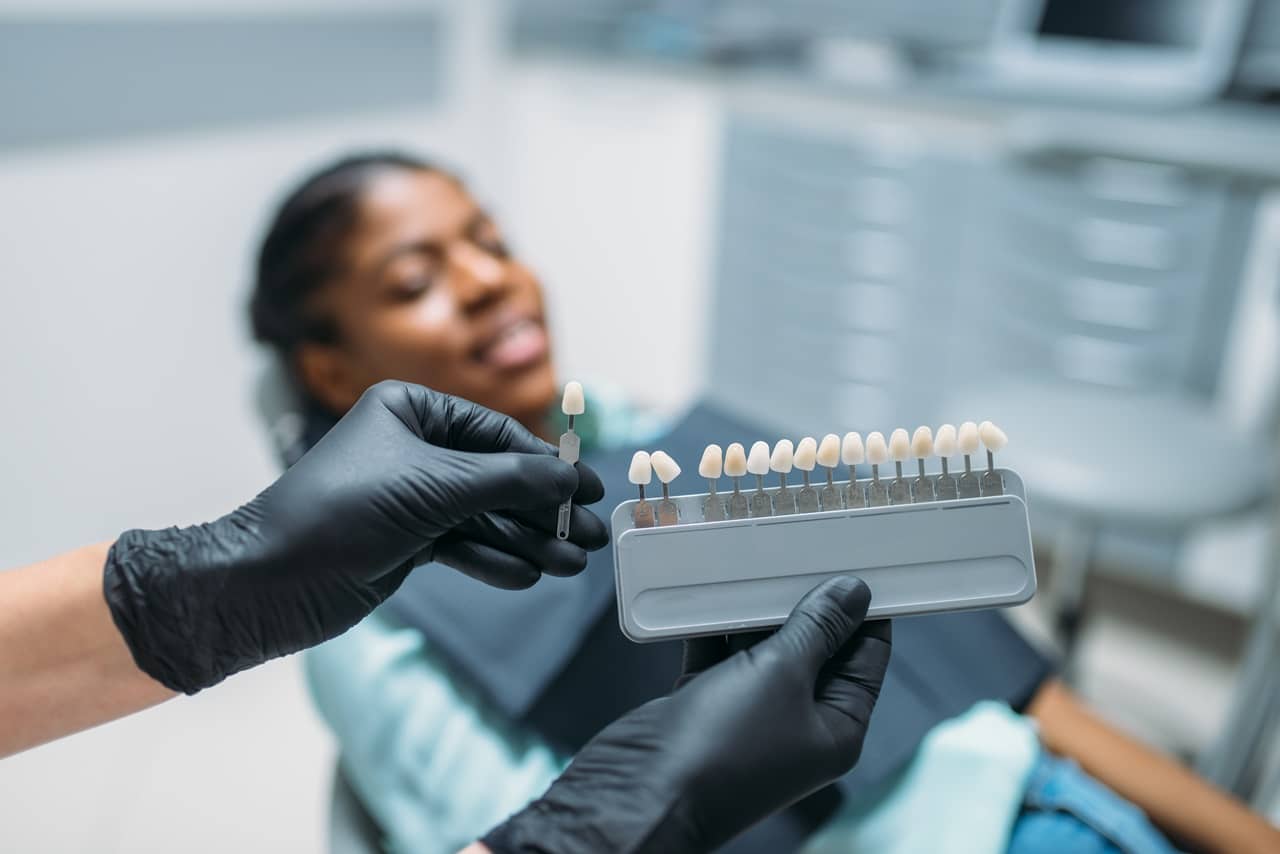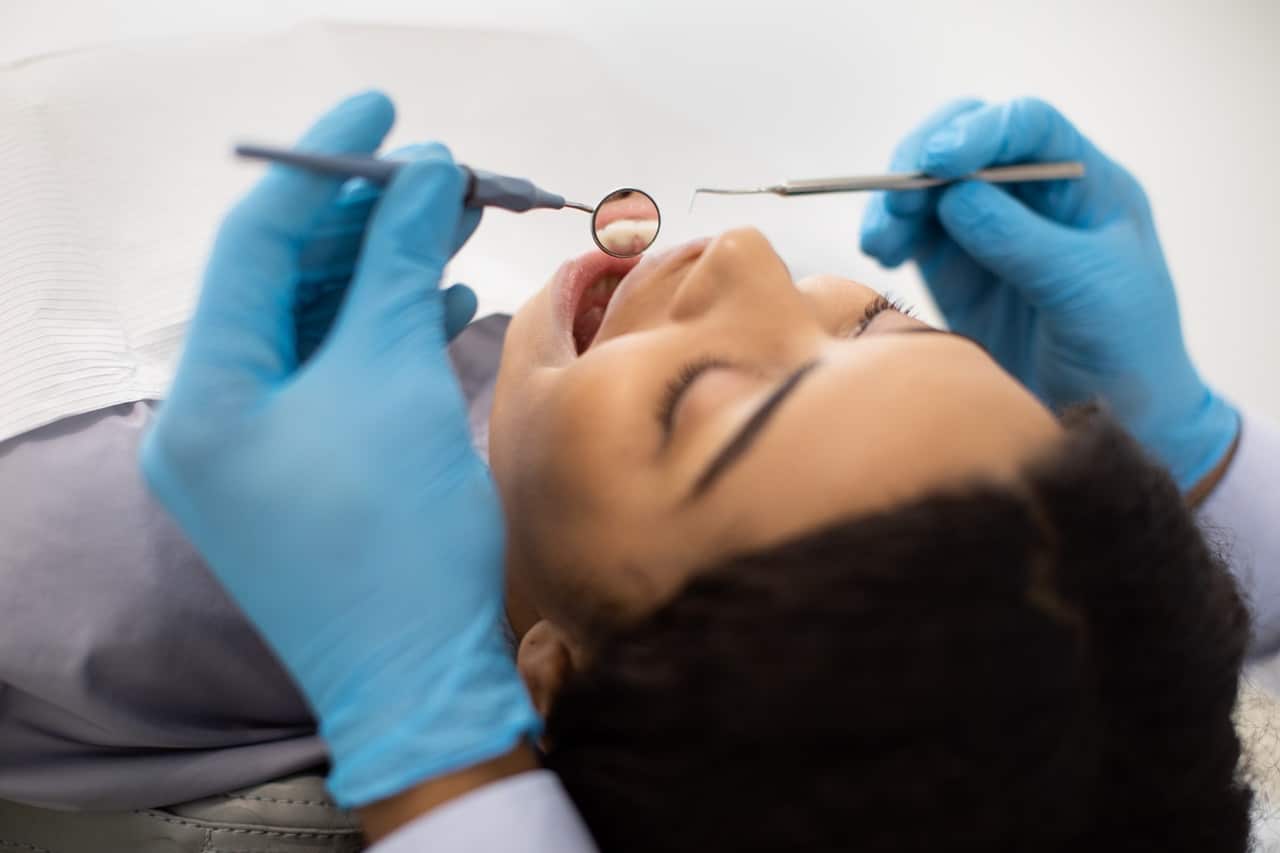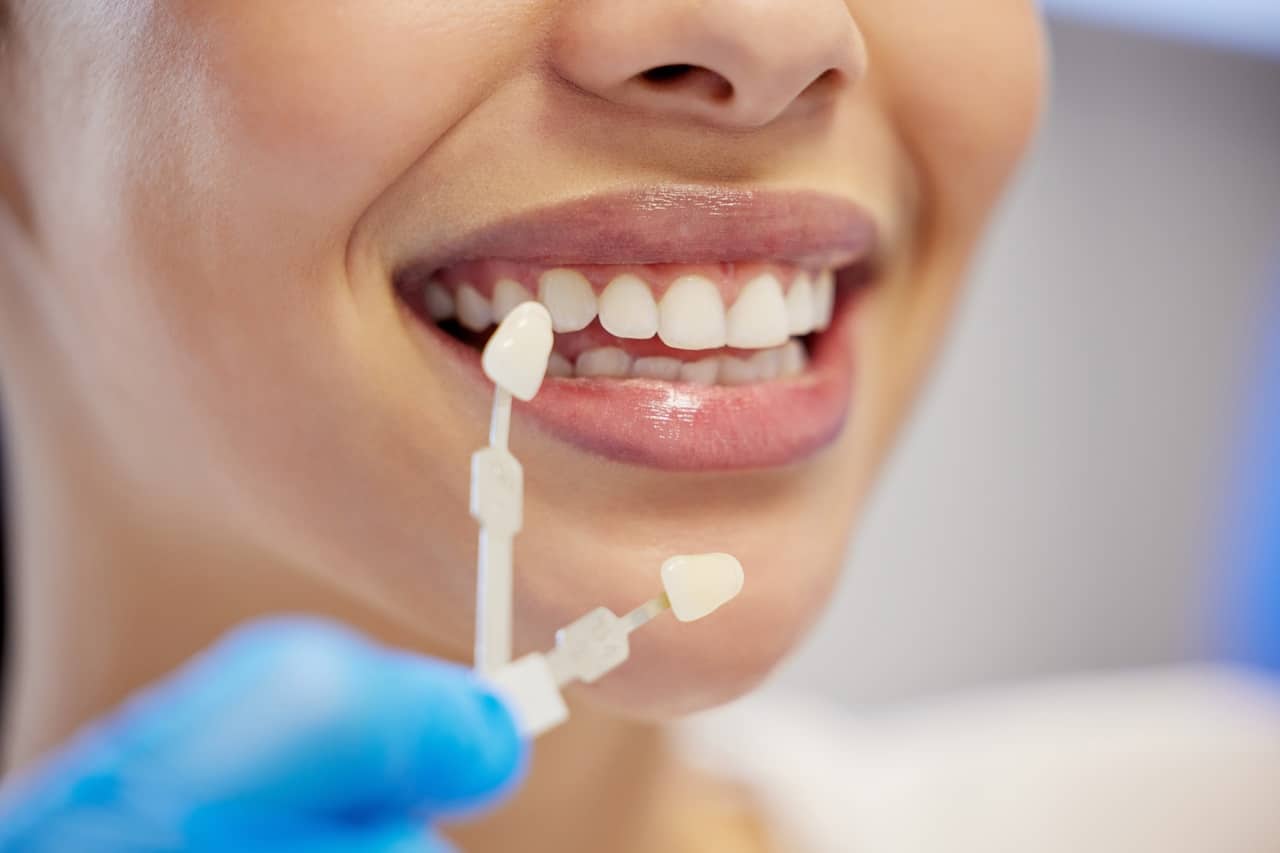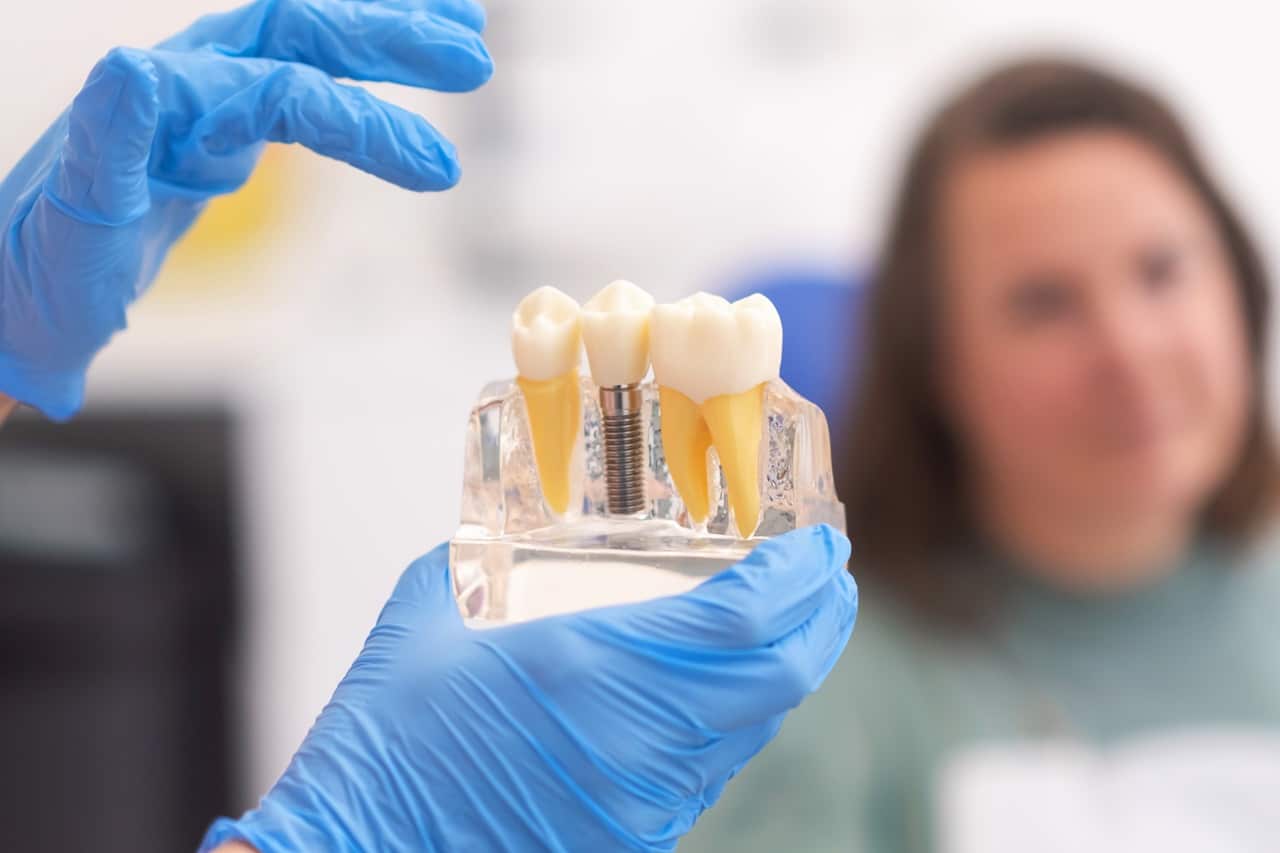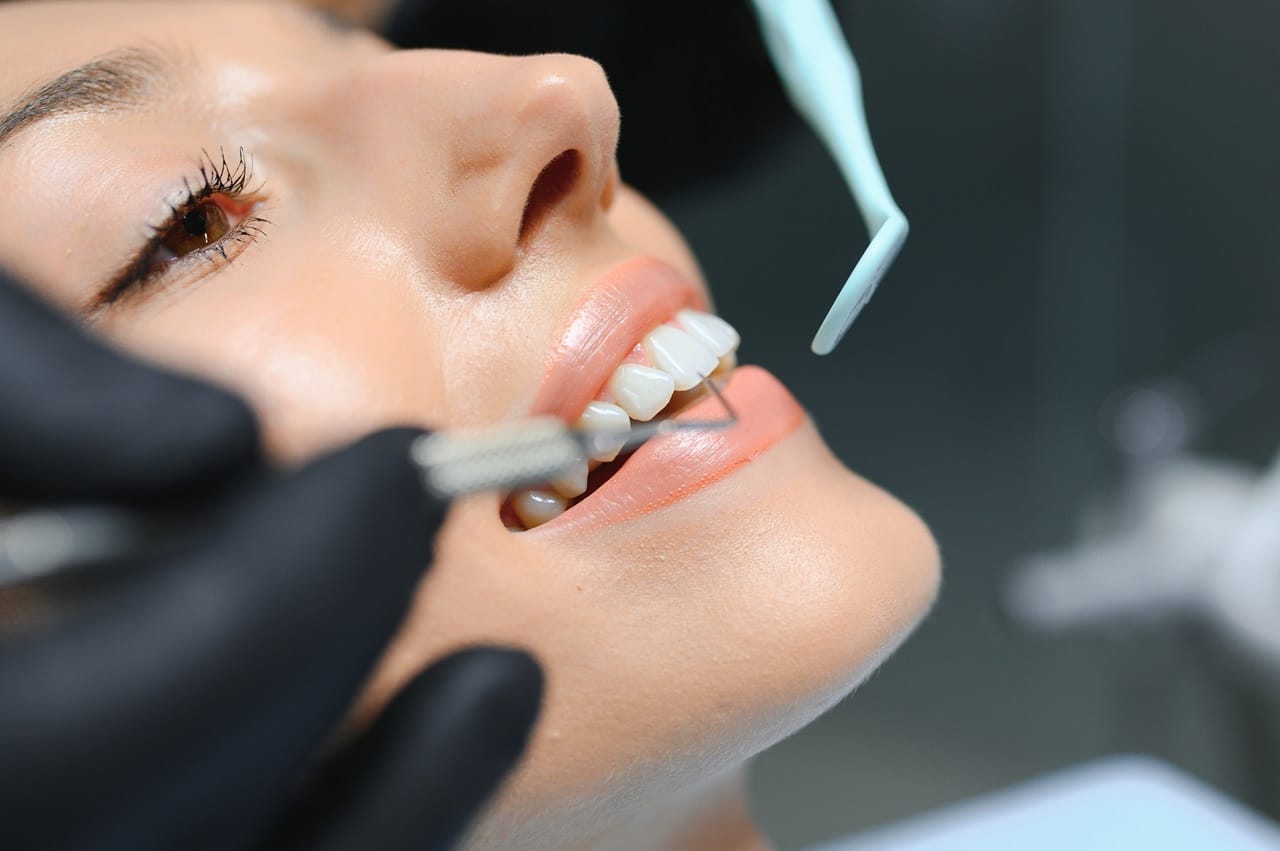Sedation dentistry has revolutionized the way we approach dental treatments, allowing us to provide a pain-free and anxiety-free experience for our patients. Understanding the importance of comfort during dental procedures, we are dedicated to using the most modern and effective sedation techniques available. This ensures that every visit to our clinic is as stress-free as possible, whether you’re here for a routine checkup or a more complex dental procedure.
Our focus on modern sedation techniques stems from our commitment to patient care and the desire to improve the overall dental experience. By integrating advanced sedation methods, we can accommodate even the most anxious patients, transforming what could be a nerve-wracking visit into a calm and comfortable one.
This guide will walk you through the different types of sedation available at our clinic and how we ensure your safety and comfort at every step of the dental procedure. Join us as we delve into the world of sedation dentistry, demystifying its processes and highlighting its benefits for your oral health.
What Is Sedation Dentistry and How Does It Work?
Sedation dentistry is a crucial component of dental care, especially for patients who experience anxiety or fear when visiting the dentist. It involves the use of medication to provide a relaxing experience for patients undergoing dental procedures. The primary goal is to make you feel comfortable and minimize pain during your treatment. Here at our clinic, we prioritize your comfort, which is why we offer sedation dentistry as a part of our comprehensive dental services.
The process starts with a consultation, where we assess your medical history and discuss your anxiety and fears. Depending on the intensity of your anxiety and the specifics of the dental procedure you require, we choose a sedation method that best suits your needs. These sedation methods are administered safely under the supervision of our experienced dental professionals, ensuring that you remain comfortable and calm throughout your visit. The effects of sedation typically vary, making it easier to undergo everything from a simple cleaning to more complex dental surgeries without distress.
Exploring Different Types of Sedation Used in Dentistry
In our dental practice, we utilize several types of sedation to accommodate the diverse needs and preferences of our patients. The three main types of sedation used in dentistry include nitrous oxide, oral sedatives, and intravenous (IV) sedation. Nitrous oxide, commonly known as laughing gas, is inhaled through a mask, helping you relax during your dental treatment. It wears off quickly, allowing you to drive yourself home after the procedure.
Oral sedatives are another option where you take a pill about an hour before your dental procedure. This type of sedation is ideal for patients with mild to moderate anxiety about dental visits. Lastly, IV sedation offers the deepest level of sedation without full anesthesia. Administered directly into the bloodstream, it works quickly, and its effects are easily adjusted by our team to ensure maximum comfort. Each method has its advantages and suitability, which we will discuss with you to determine the best option for your specific situation. This personalized approach helps achieve a stress-free dental experience tailored to your needs.
Preparing for Your Sedation Dentistry Appointment
To ensure your sedation dentistry appointment goes smoothly, proper preparation is key. We make it a priority to guide you through the steps you need to take before your procedure. First, it’s important to provide a full medical history, including any medications you are taking, to avoid any complications during sedation. We also ask you to fast, typically not eating or drinking anything after midnight before the day of your appointment unless instructed otherwise, depending on the type of sedation.
On the day of your procedure, we recommend wearing loose, comfortable clothing and arranging for a family member or friend to drive you home, as some sedatives may impair your ability to drive for a few hours post-procedure. We will give you specific instructions tailored to the type of sedation you will be receiving. Following these directions is crucial for your safety and the effectiveness of the treatment. Our team is here to answer any questions and provide all the information you need to feel prepared and relaxed before your appointment.
Post-Sedation Care: Steps for a Smooth Recovery
After your procedure, your comfort and recovery are our top priorities. Post-sedation care is crucial for ensuring a smooth and safe recovery. Once your treatment is complete, we will closely monitor you as the sedative wears off. We provide a comfortable, quiet space for this. When it’s safe to do so, a friend or family member can take you home. It’s essential to have someone with you for at least the first hours after your procedure, as the sedatives can affect your judgment and reflexes during this time.
We’ll provide detailed post-care instructions, which typically include resting for the remainder of the day, avoiding operating heavy machinery, and not making any important decisions until the sedative has completely worn off. It’s also advisable to drink plenty of fluids and eat light meals when you feel ready. Our team is available to answer any concerns or questions that may arise after you leave our office, ensuring your recovery is as comfortable as possible. Should any complications occur, we encourage you to contact us immediately.
Conclusion
At Pickering Dental Services, we understand that undergoing dental procedures can be daunting. That’s why we’re dedicated to providing advanced sedation options tailored to our patients’ individual needs, ensuring a comfortable and anxiety-free experience. From preparing for your sedation dentistry appointment in Ajax to ensuring you know exactly what to do once your treatment has finished, our team is committed to supporting you at every step.
If you’re considering sedation dentistry or have any questions about the dental services we offer, don’t hesitate to get in touch with us. Our goal is to make your visit as pleasant and stress-free as possible so you can achieve the healthy smile you deserve. Book your consultation at Pickering Dental Services today, and let us take care of the rest.




